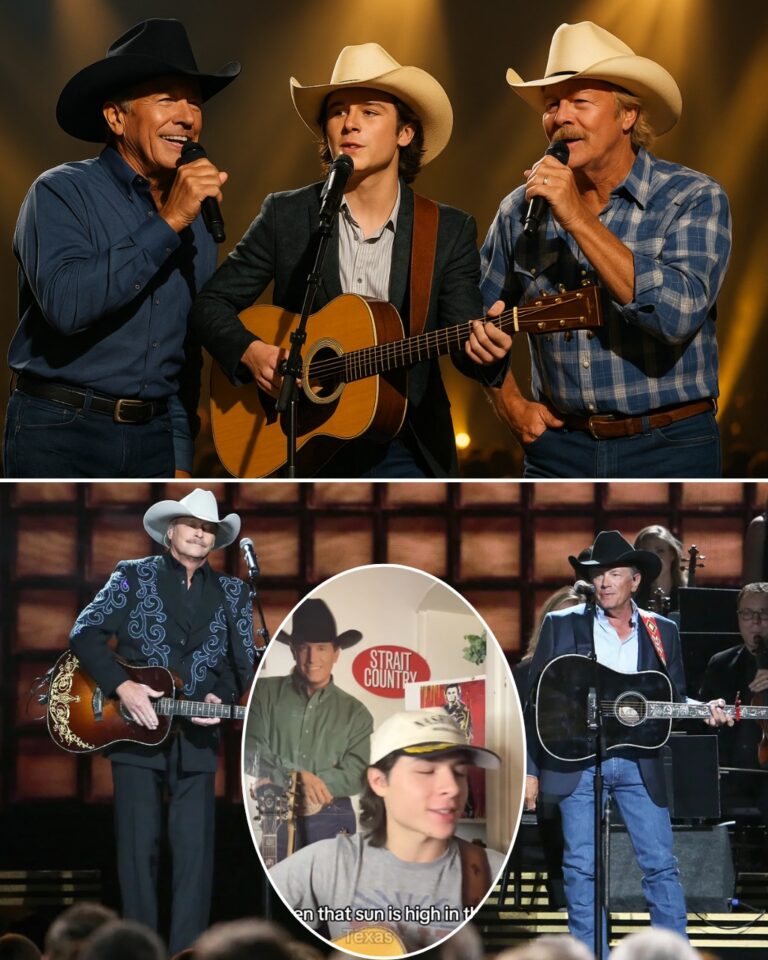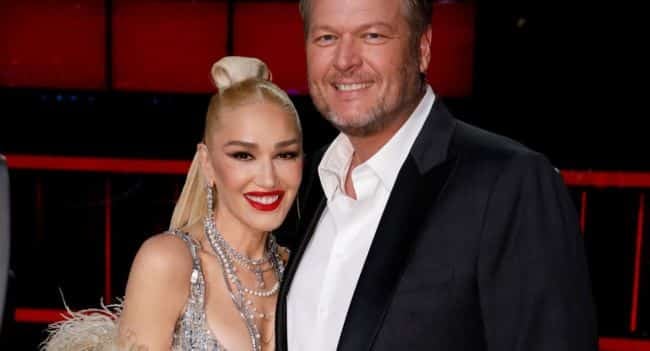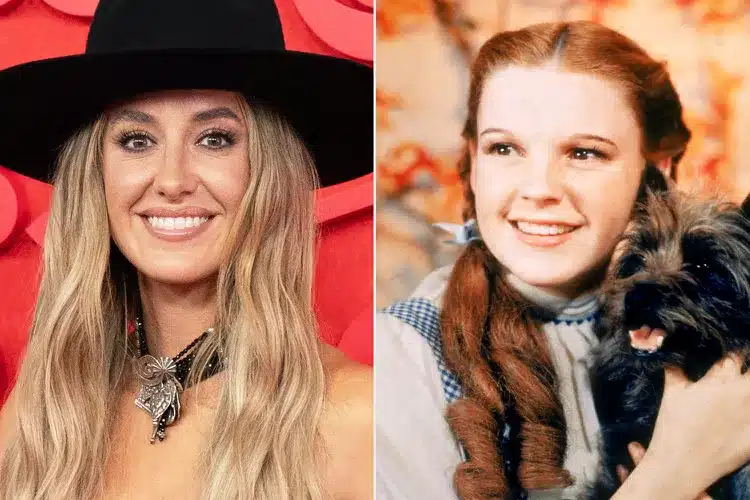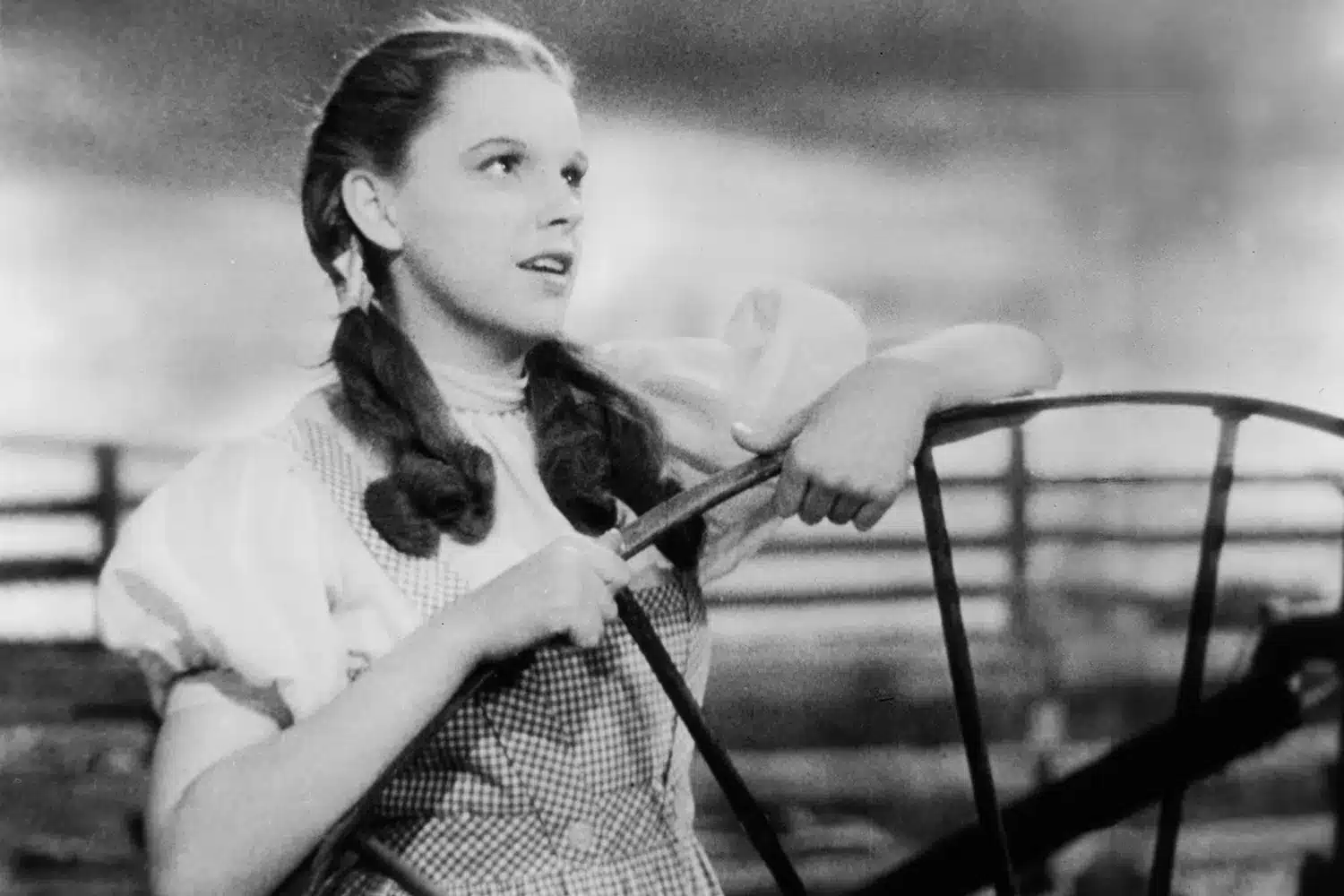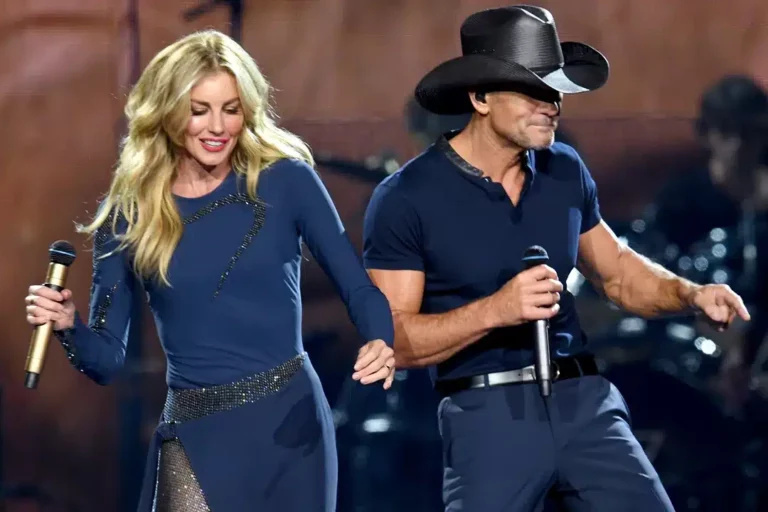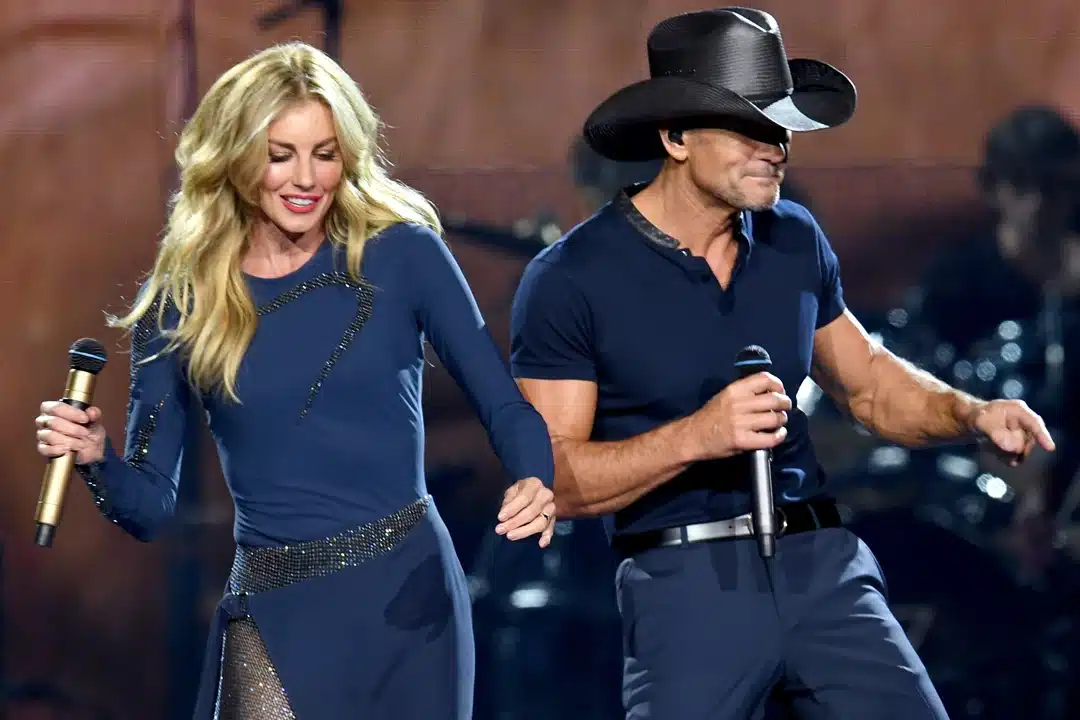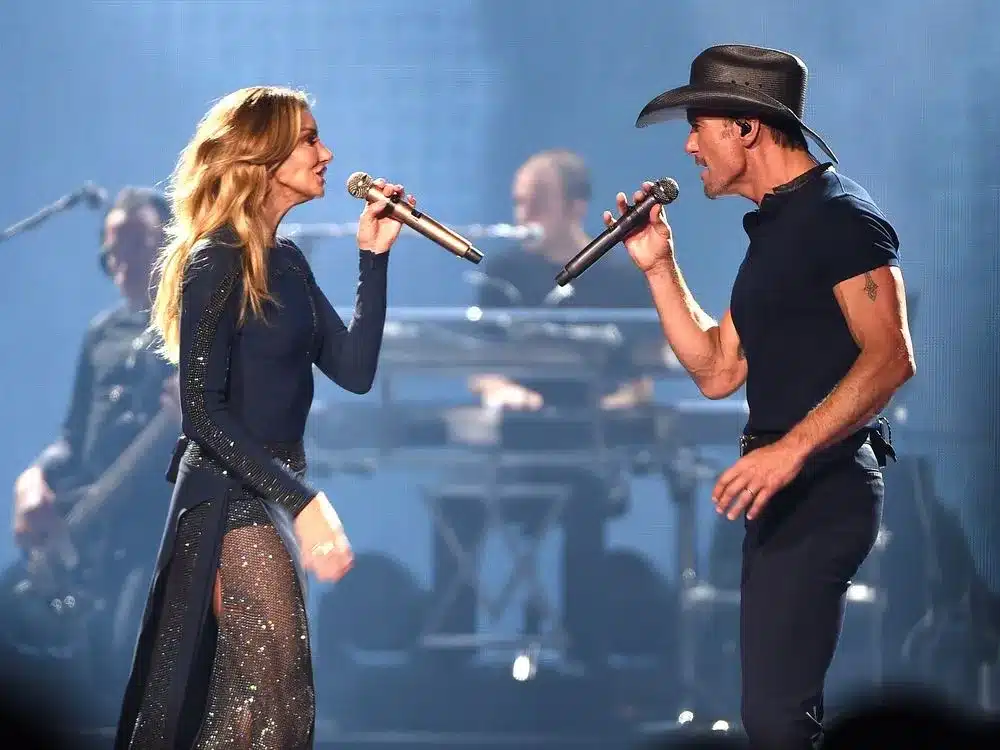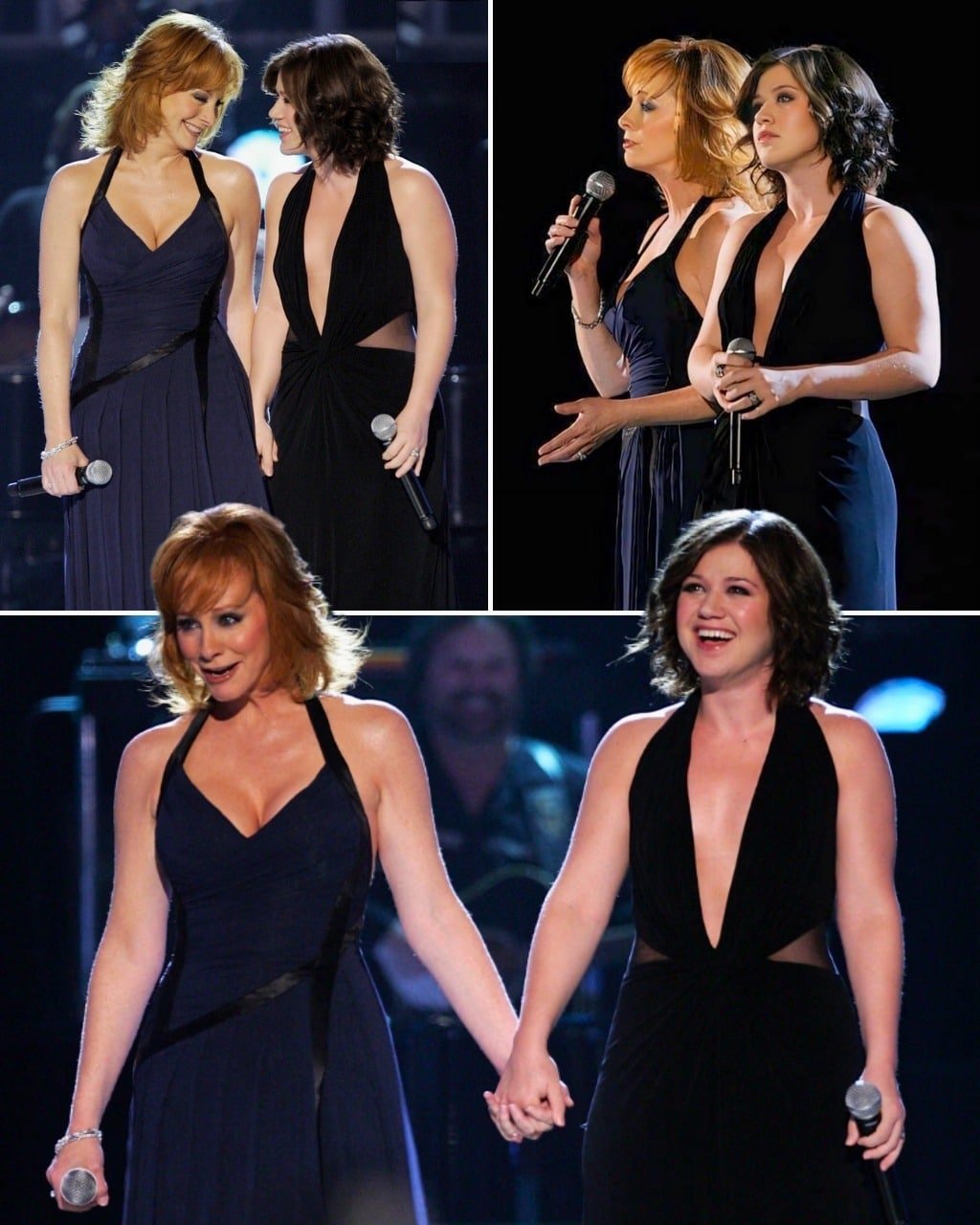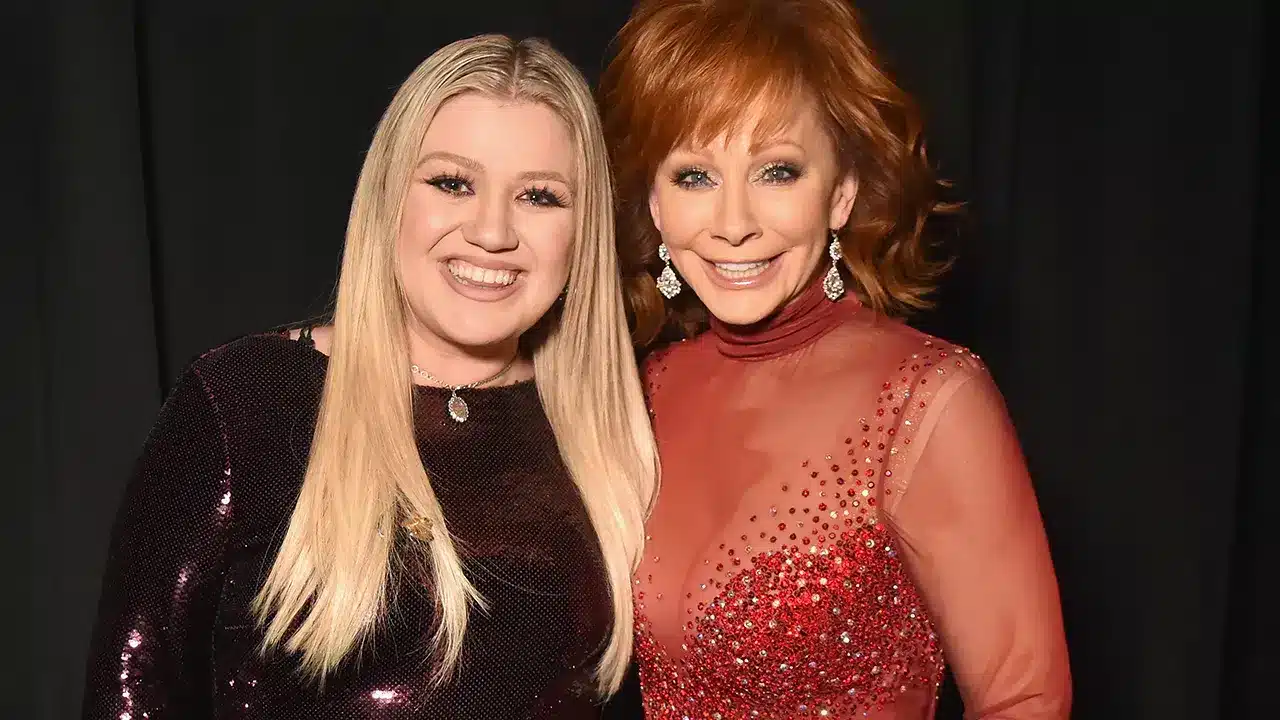“Amarillo By Morning” Rides Again: American Idol Runner-Up John Foster Teams Up With George Strait for a Historic Country Comeback

Just weeks after capturing hearts across America as the runner-up on American Idol 2025, John Foster is proving that second place is just the beginning.
In a move that’s shaking up Nashville, the 24-year-old country sensation has signed a $1 million deal with none other than George Strait’s record label — and his debut single under that banner? A heartfelt reimagining of the country classic “Amarillo By Morning.”
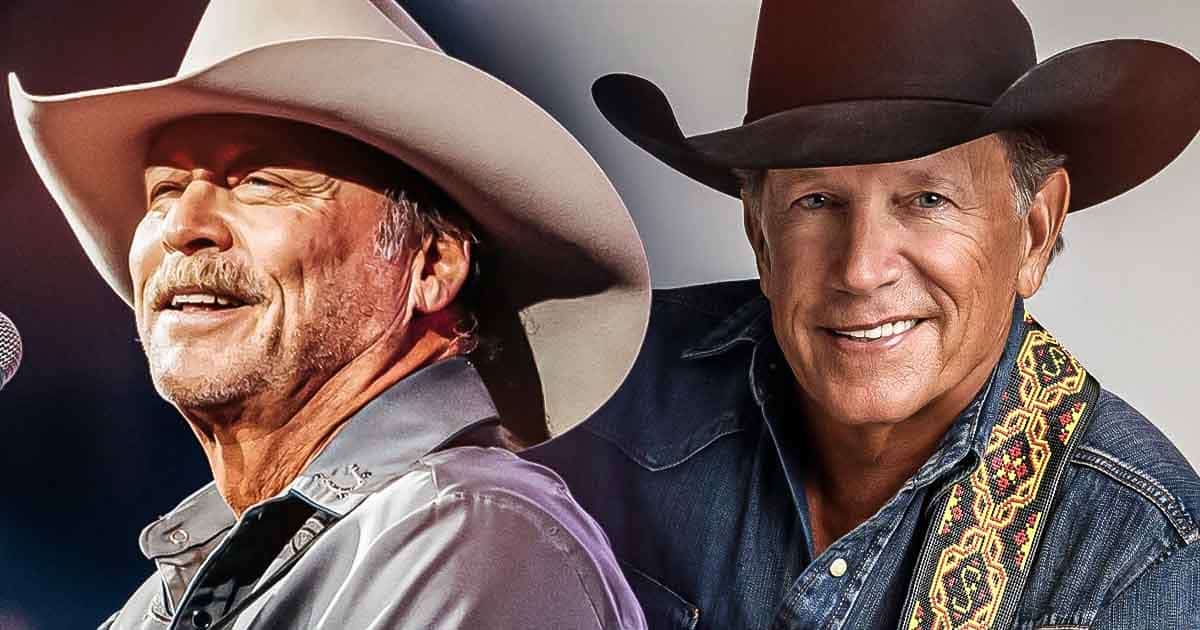
But this isn’t just a cover. It’s a tribute, a passing of the torch, and a farewell gift to a living legend. In an emotional press conference, Foster revealed that his rendition of the song was recorded as a final homage to Alan Jackson, who is officially retiring from music later this year after decades of shaping the genre.
“Alan was one of my heroes,” Foster shared, his voice thick with emotion. “This song isn’t just for him — it’s because of him. And when I played the demo for George, he just looked at me and said, ‘Let’s make history.’”
The new version of “Amarillo By Morning” carries the soul of the original — steel guitar twang and all — but Foster’s youthful grit and clear respect for the genre give it a fresh emotional punch. He kept the spirit of Strait’s 1982 hit intact, but added a bridge of his own, written late one night in Texas as he thought about his own journey.
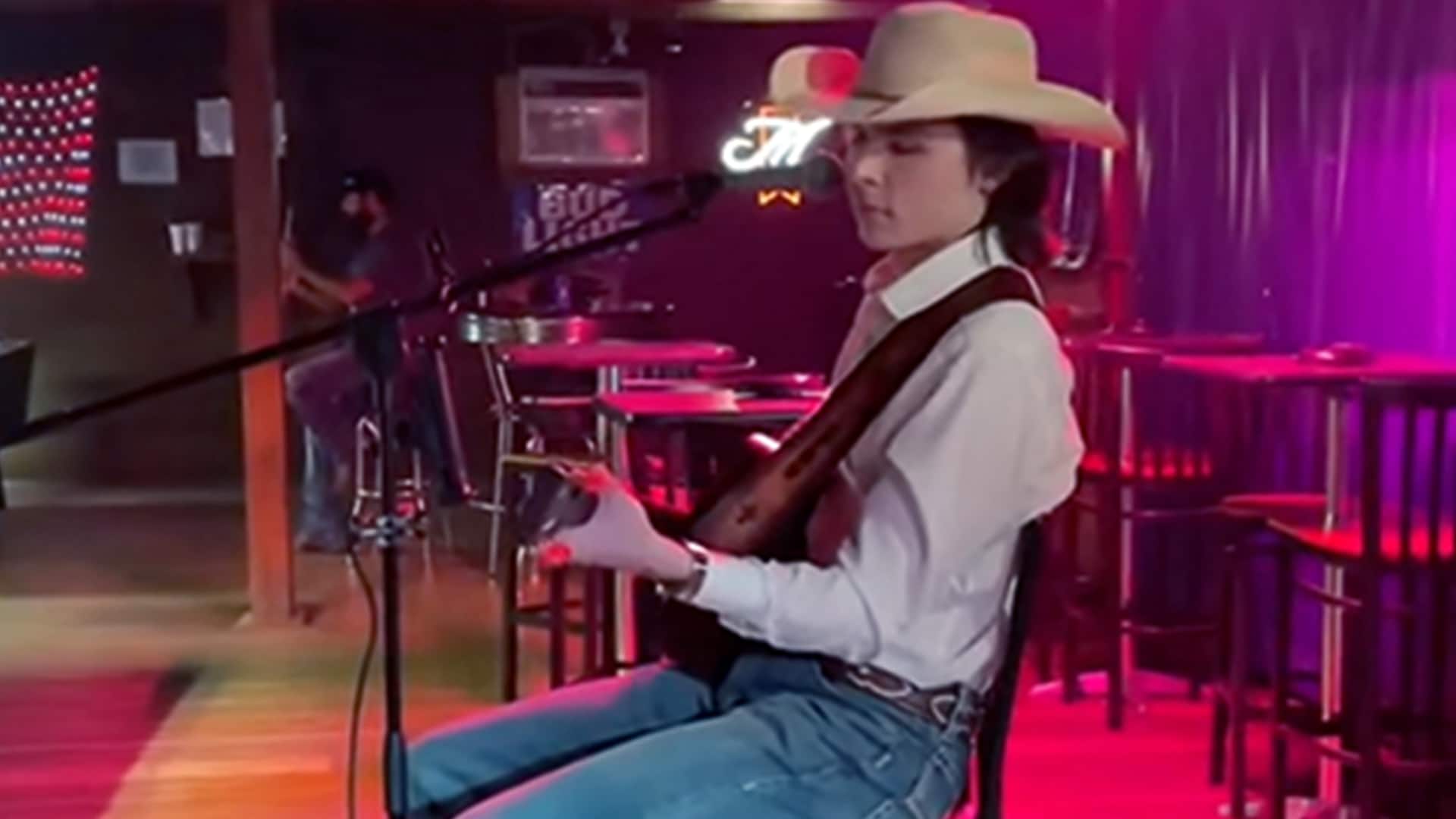
Watch the video down below and don’t forget to share this beautiful song with your friends and family…
We dont own the rights to this music! #johnfostermusic #georgestraight #moonlightinn #cmasherewecome #only17 #biggestfan #oldsoul #classiccountry #countrymusic #cmaaward #nashvilleherewecome @George Strait
A lil King George for you! #JohnFoster #GeorgeStrait #StraitCountry #ClassicCountry #FYP #AmericanIdol
♬ original sound – John Foster
When Foster played the final track for a small circle of country veterans — including Reba McEntire, Travis Tritt, and even Alan Jackson himself — there were tears, standing ovations, and one quote that said it all:
“He’s not just singing country,” Reba said. “He is country.”
Already climbing the charts, “Amarillo By Morning (John Foster Tribute Edition)” is being hailed as the defining debut of a new era in country music. And with a full album in the works, a summer tour opening for George Strait, and a rumored duet with Carrie Underwood in the pipeline, John Foster’s cowboy boots are firmly planted — and his path is paved with legacy.
“I’m not trying to be the next Alan or George,” Foster said in an interview with Billboard. “I just want to honor what they gave us… and keep singing from the heart.”
And from the way things are going, he’s doing exactly that.
